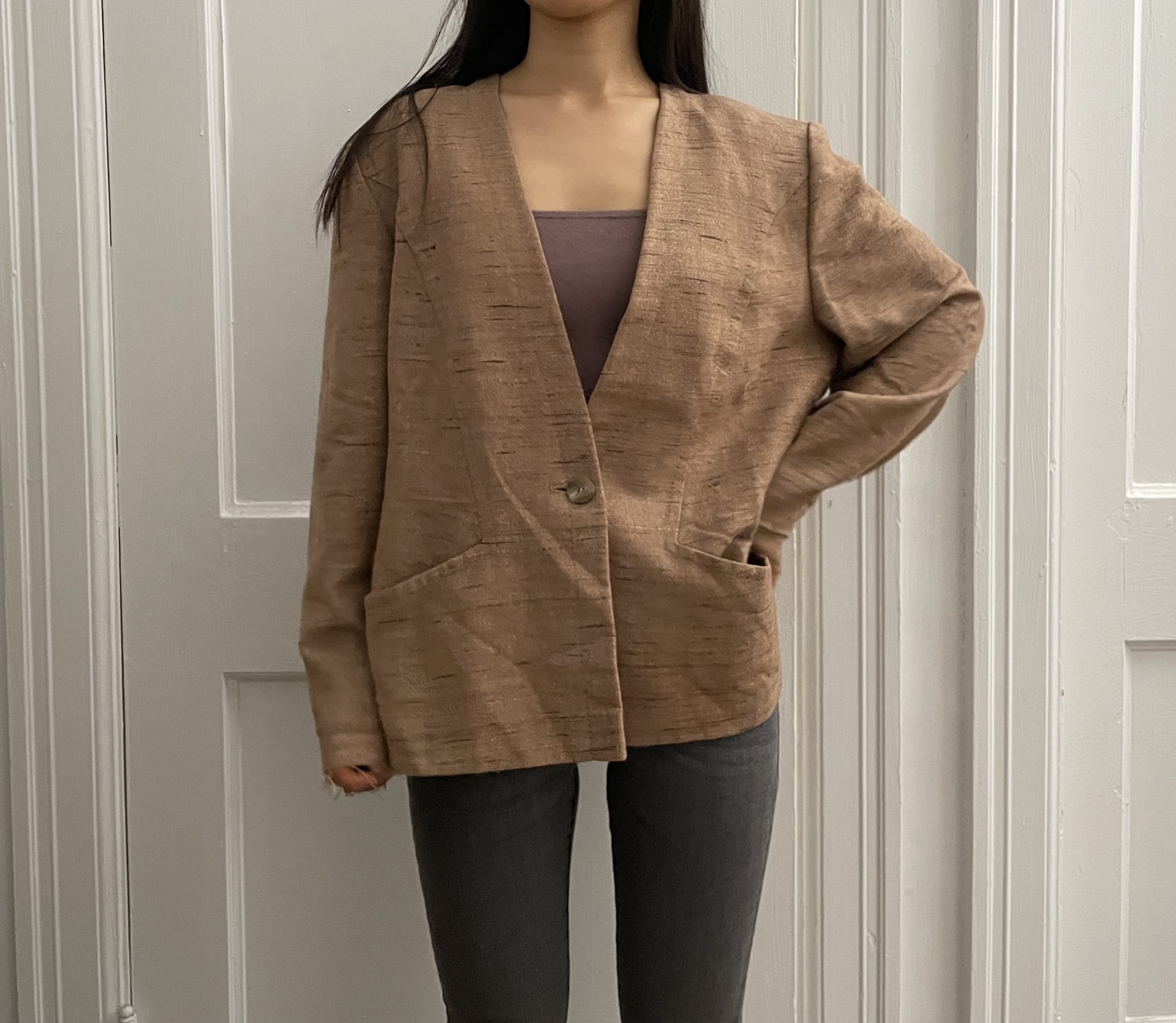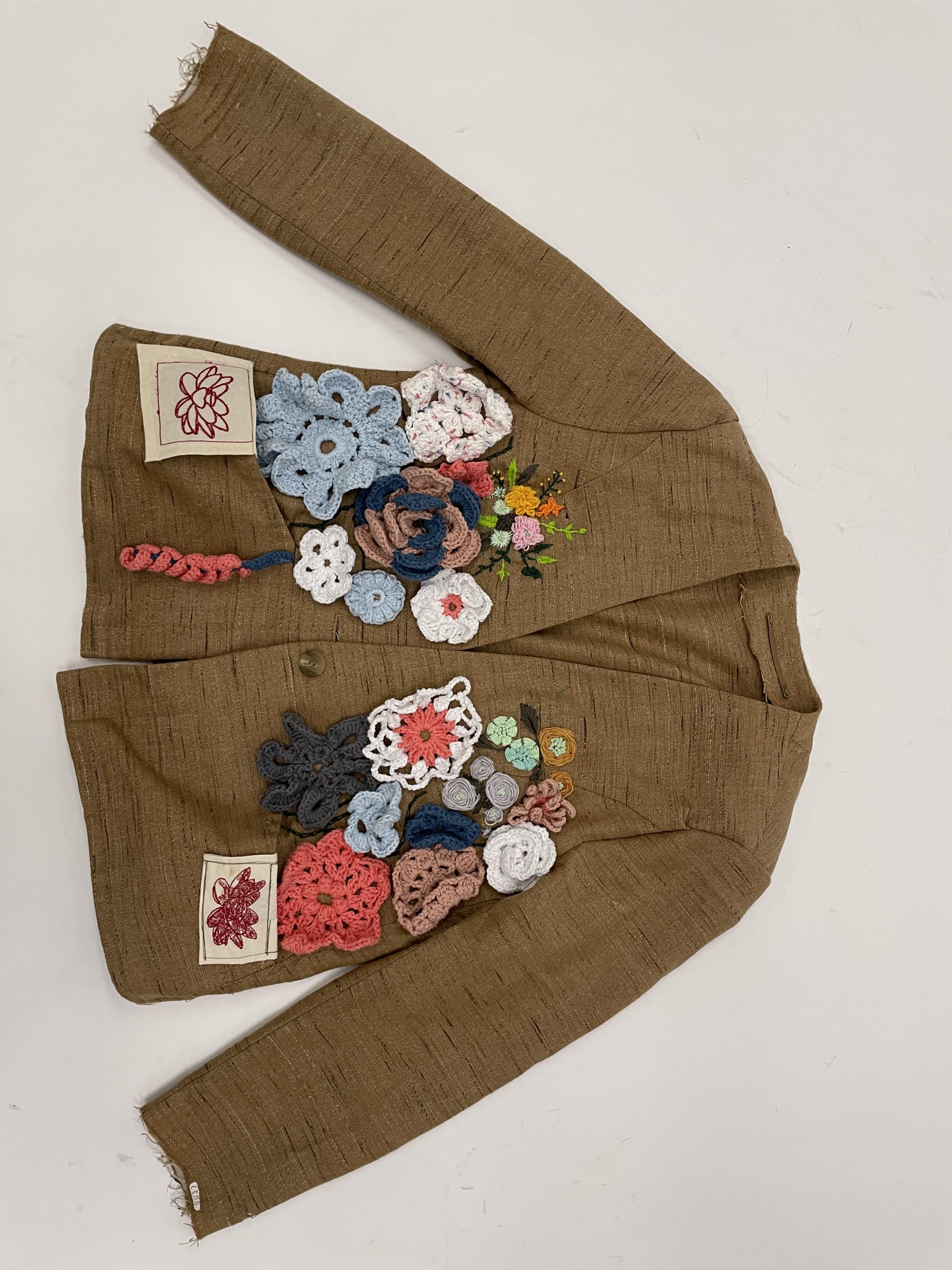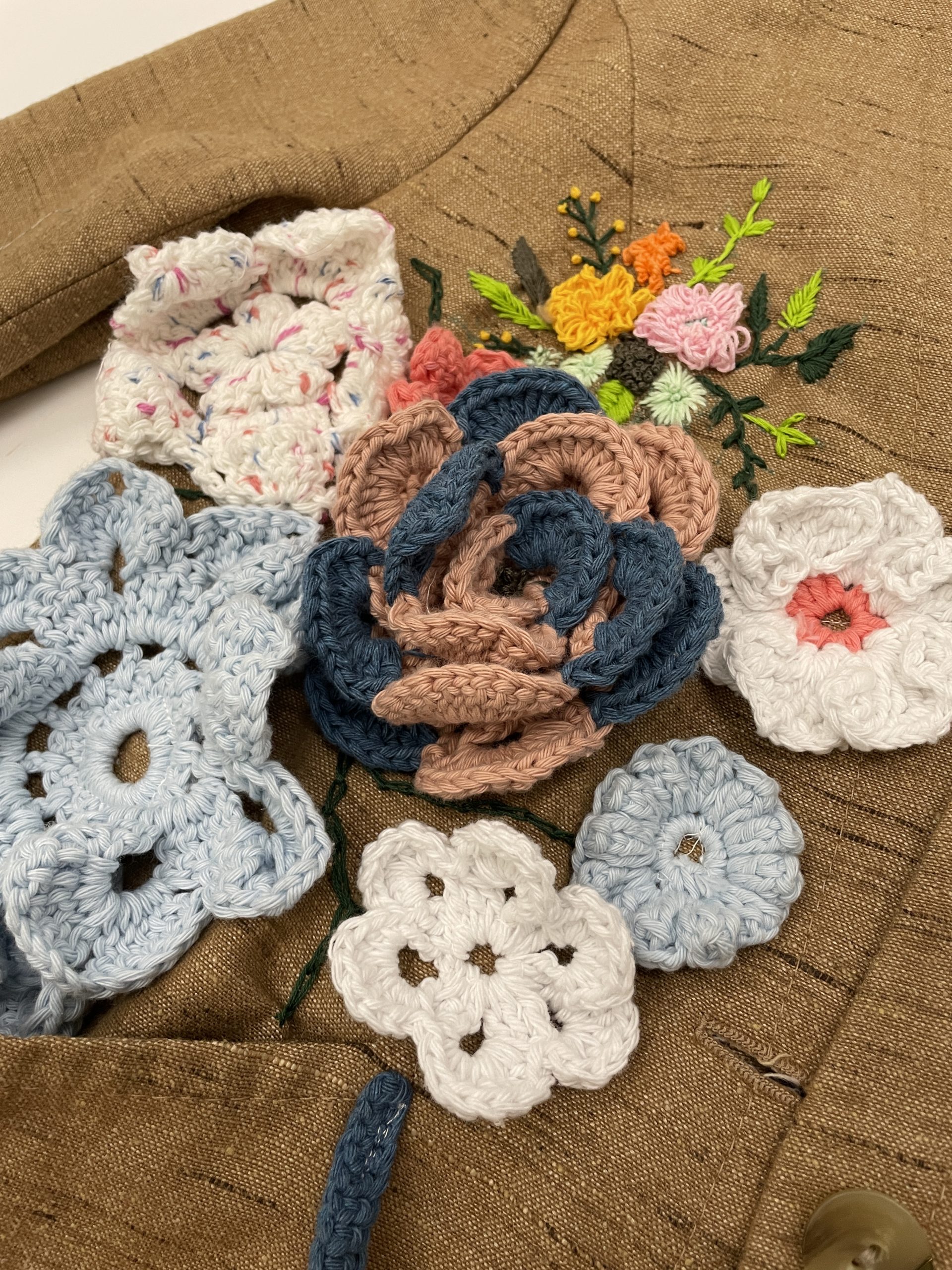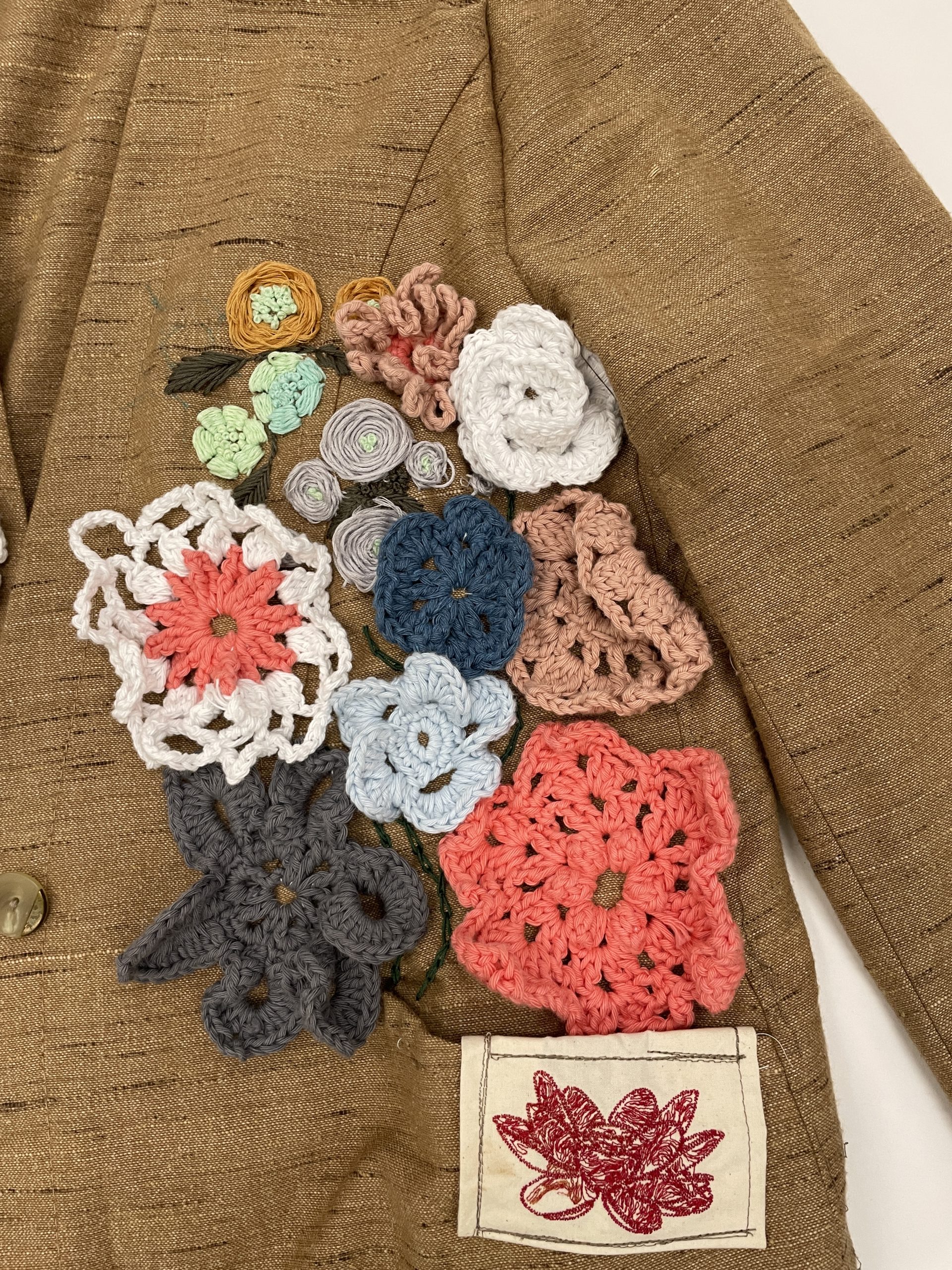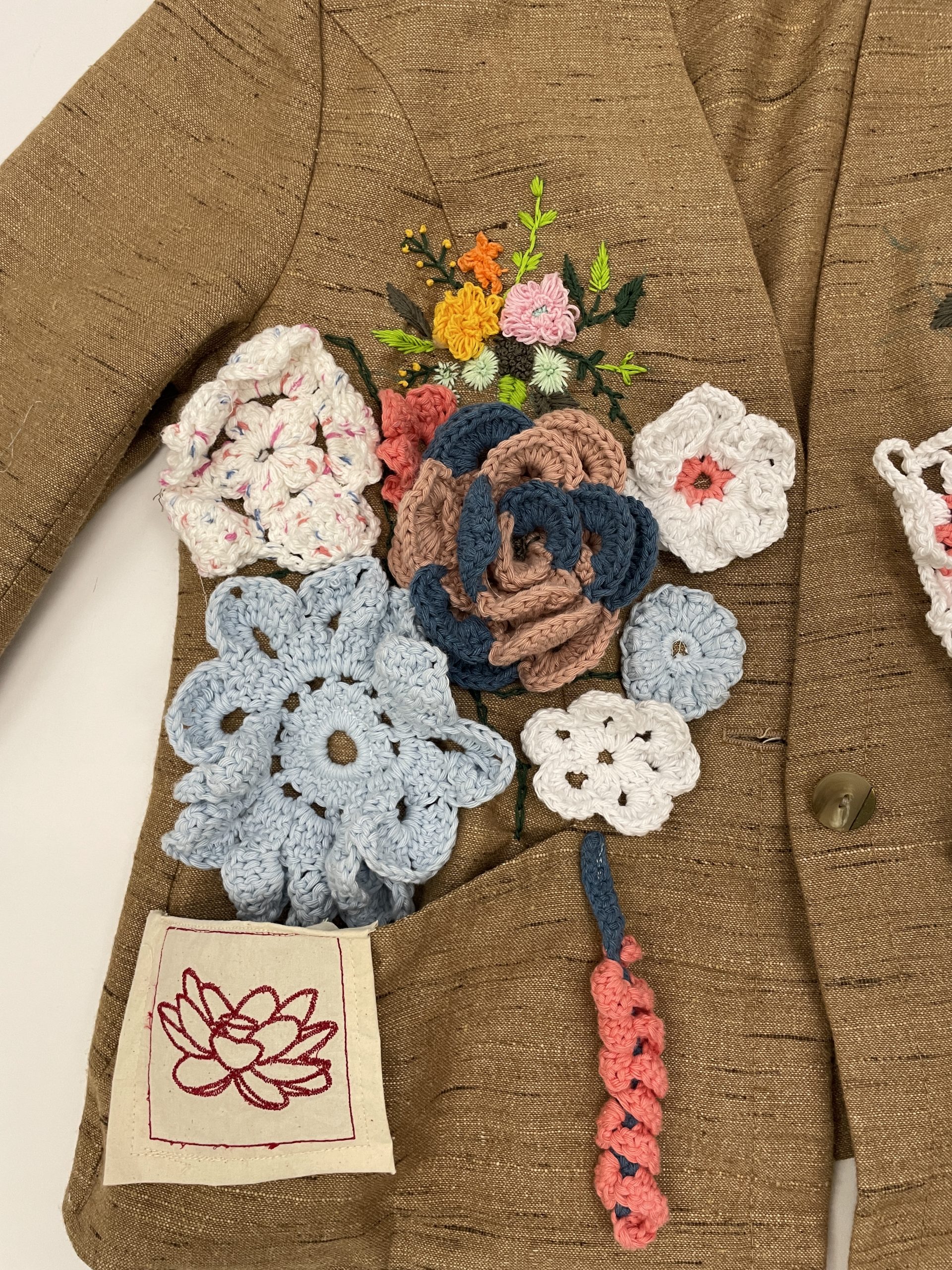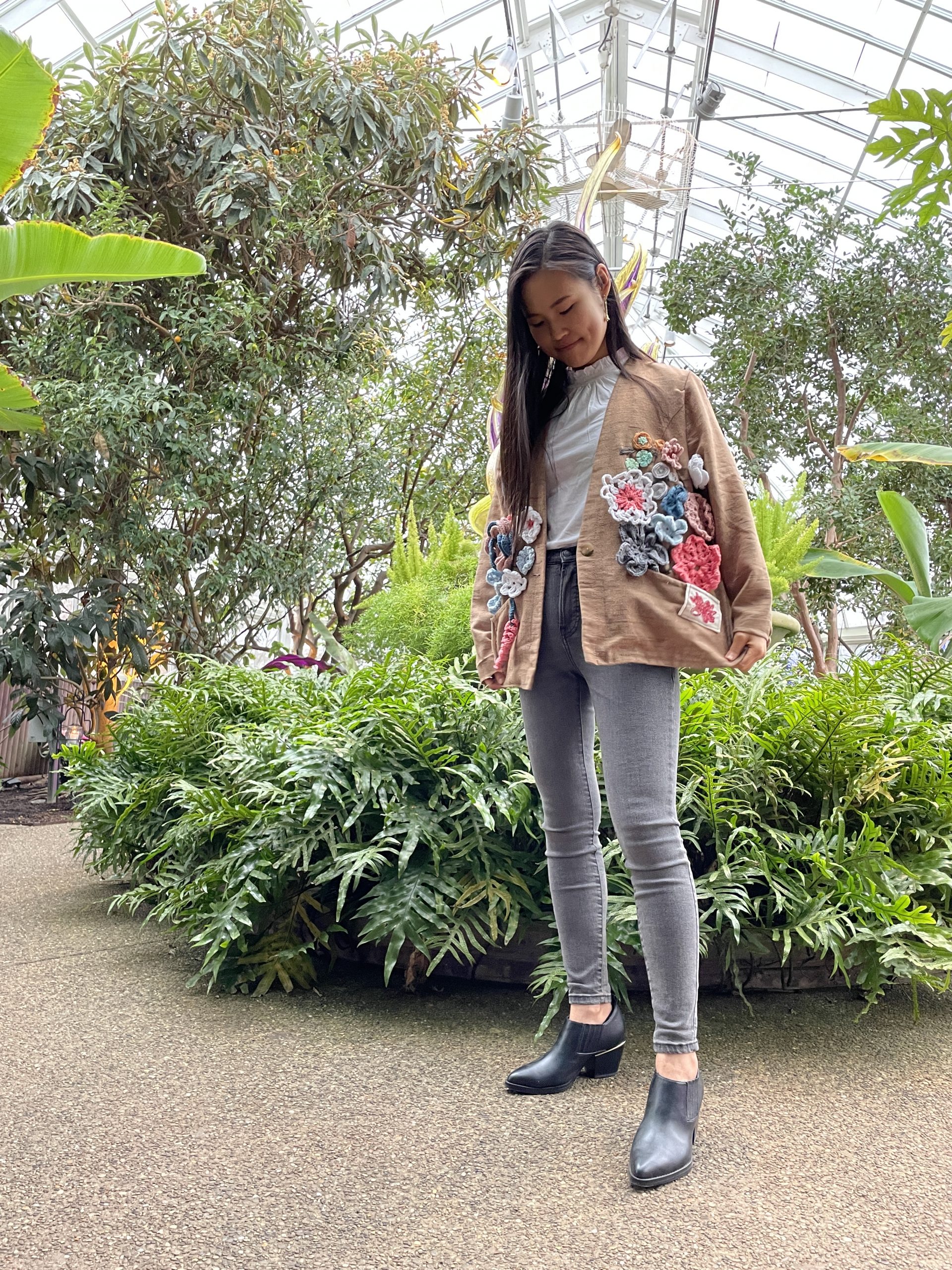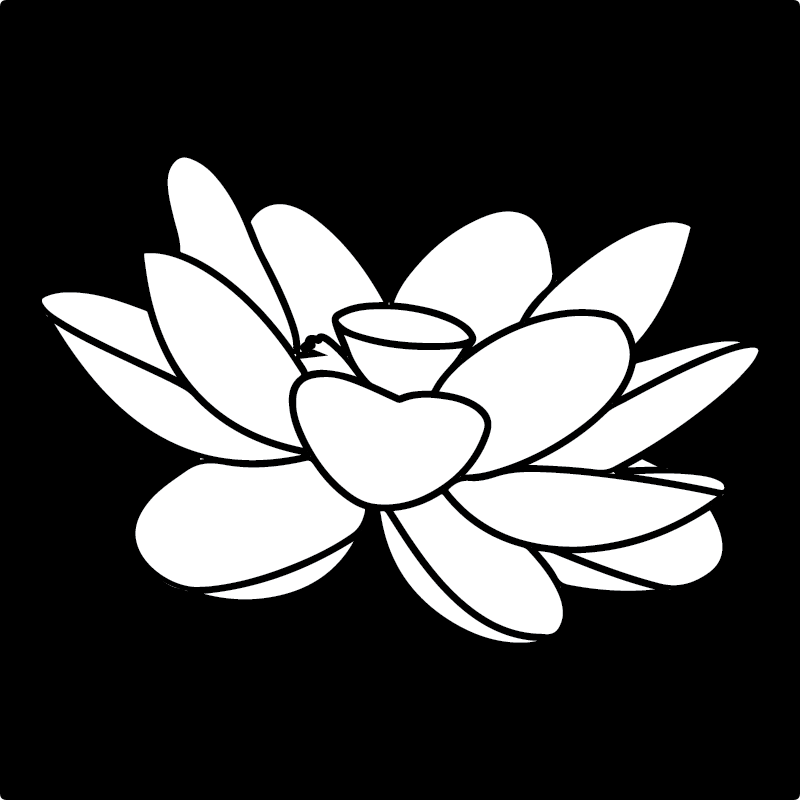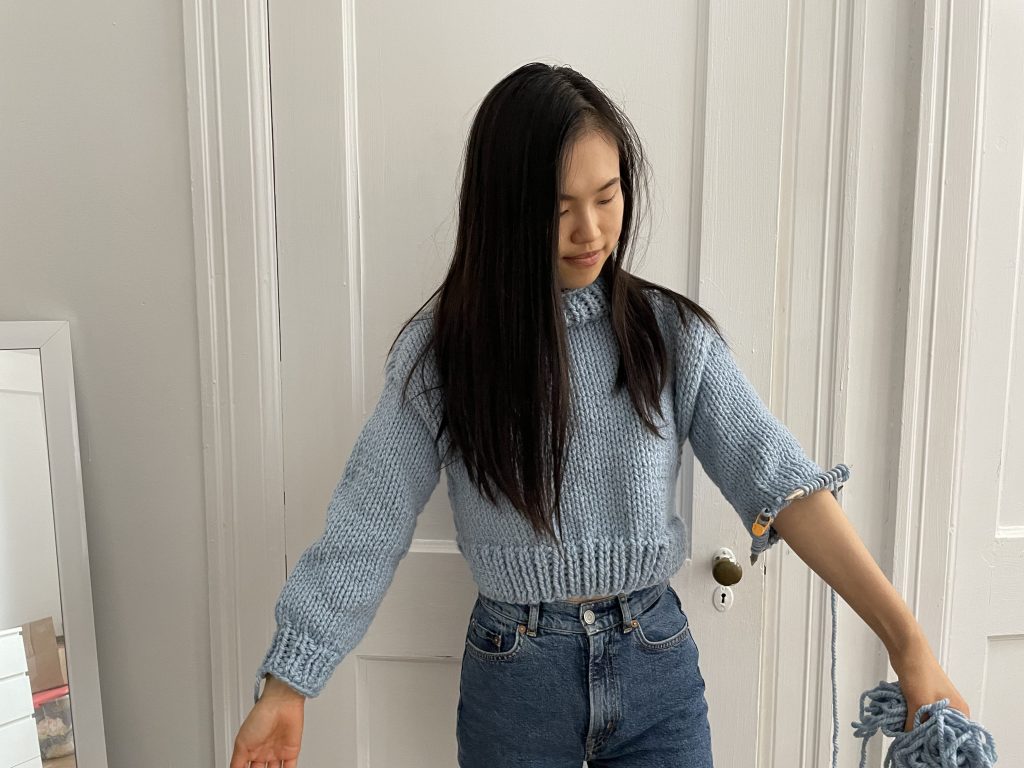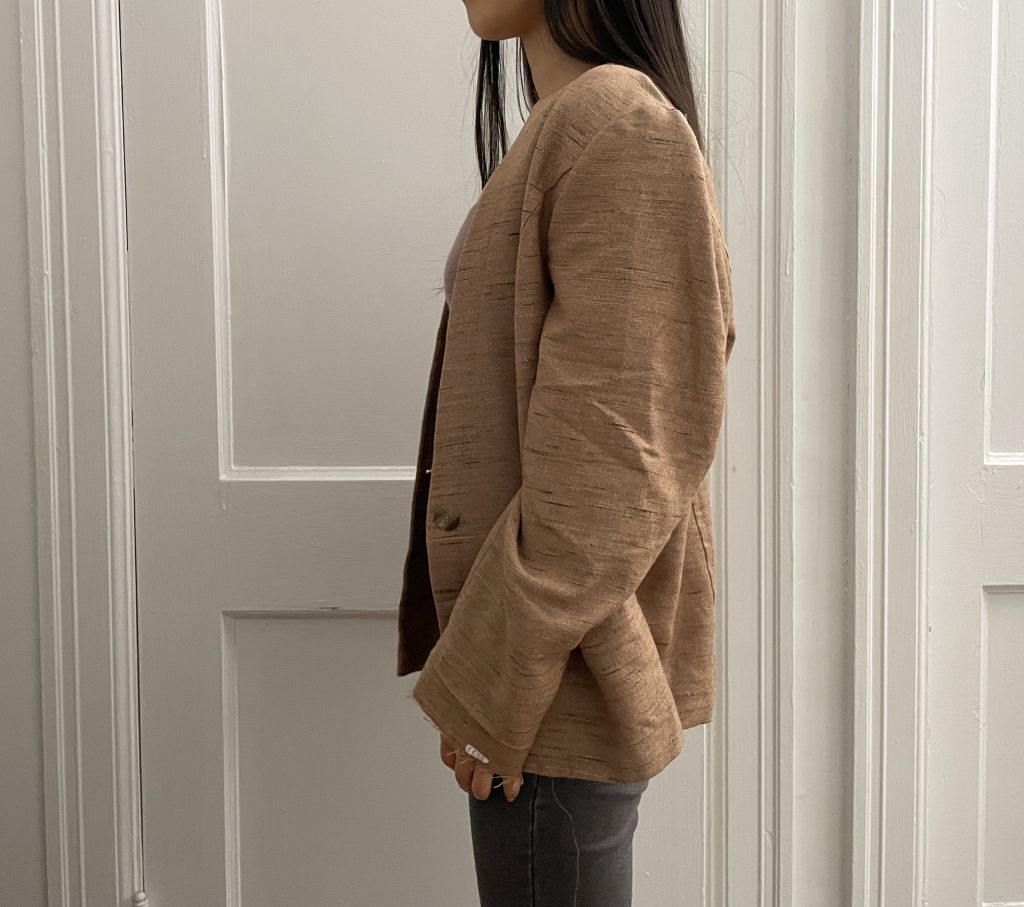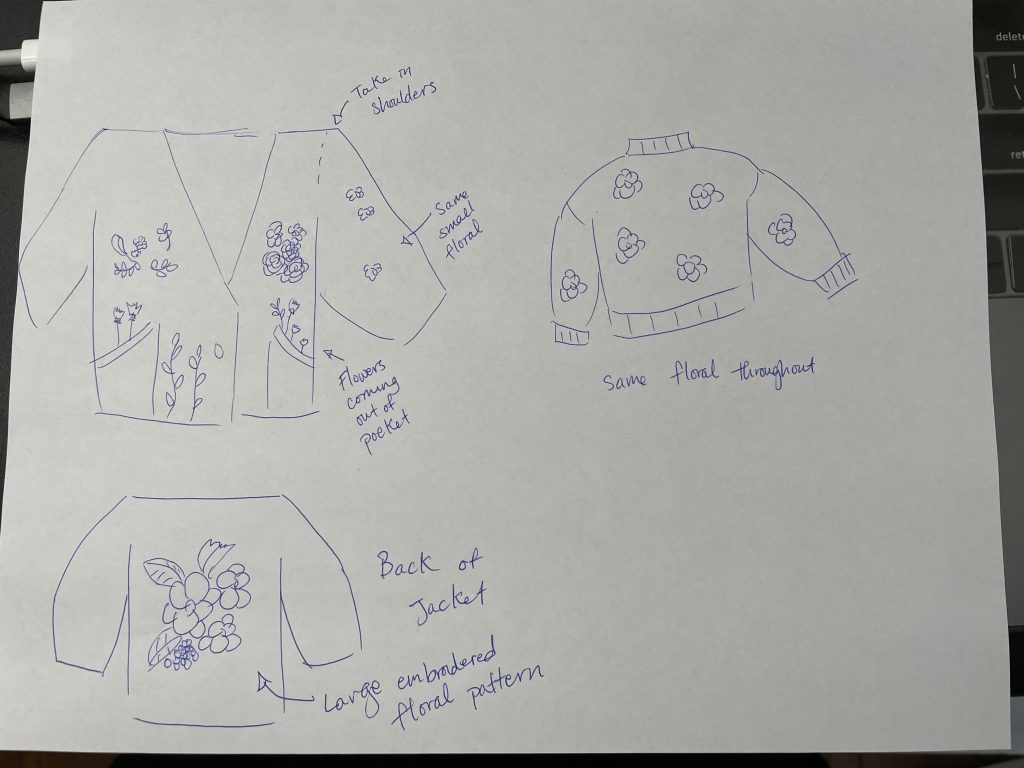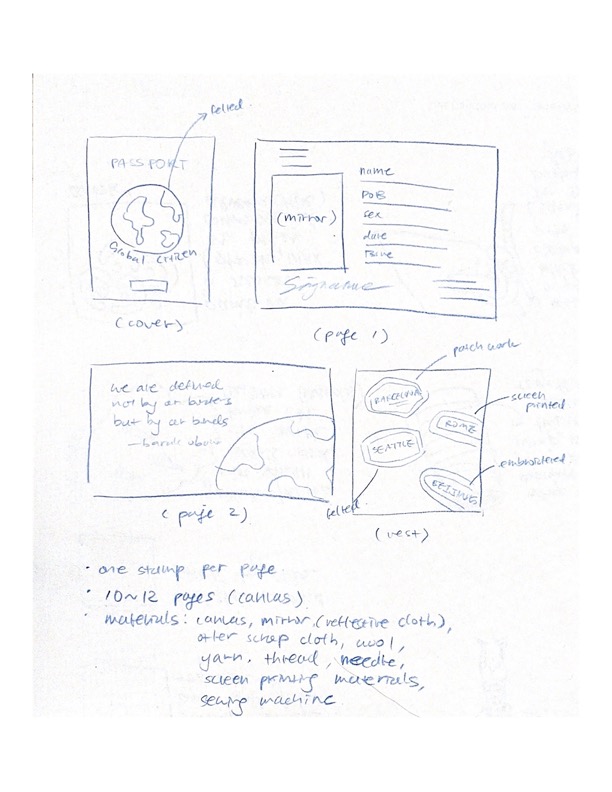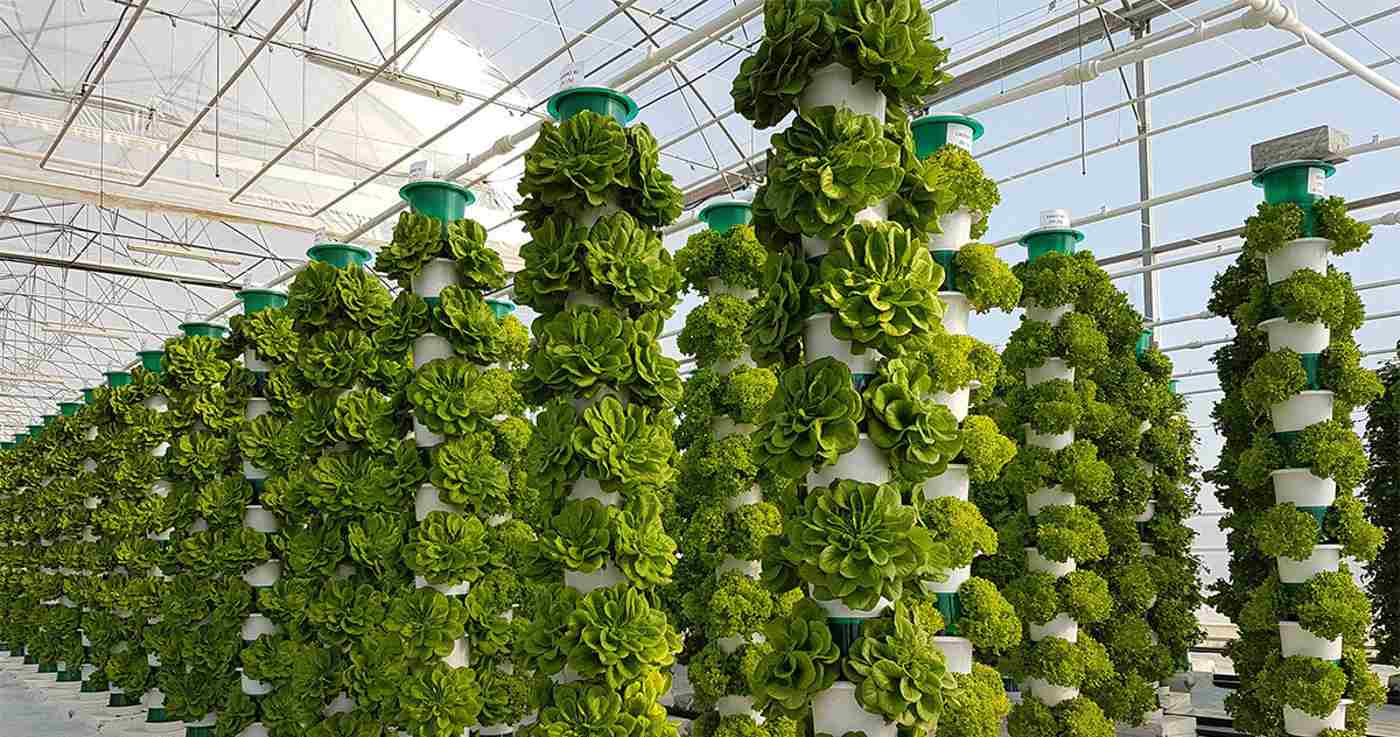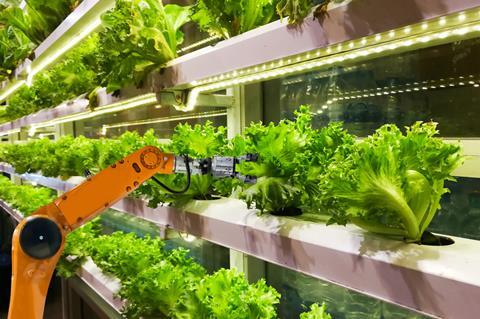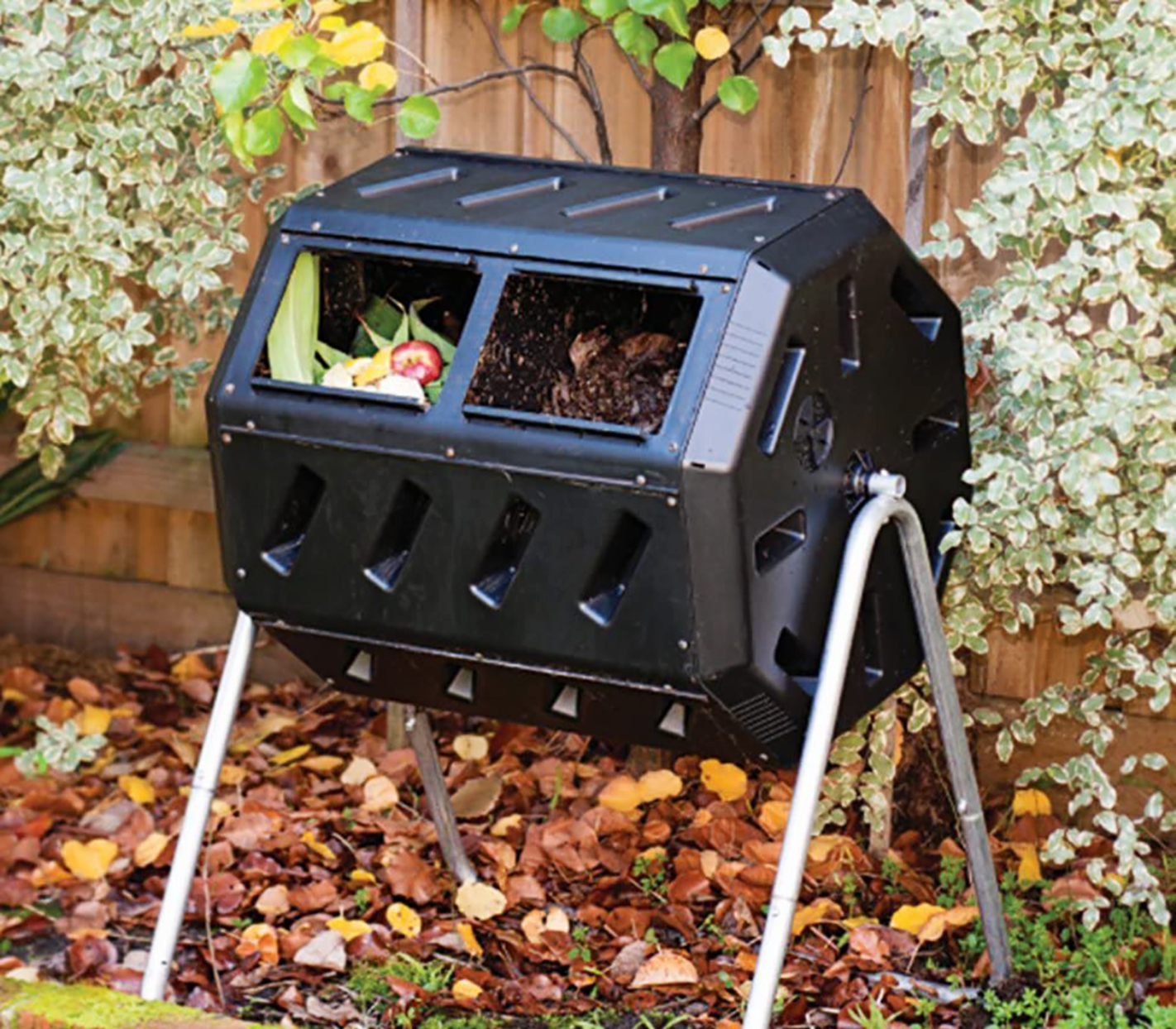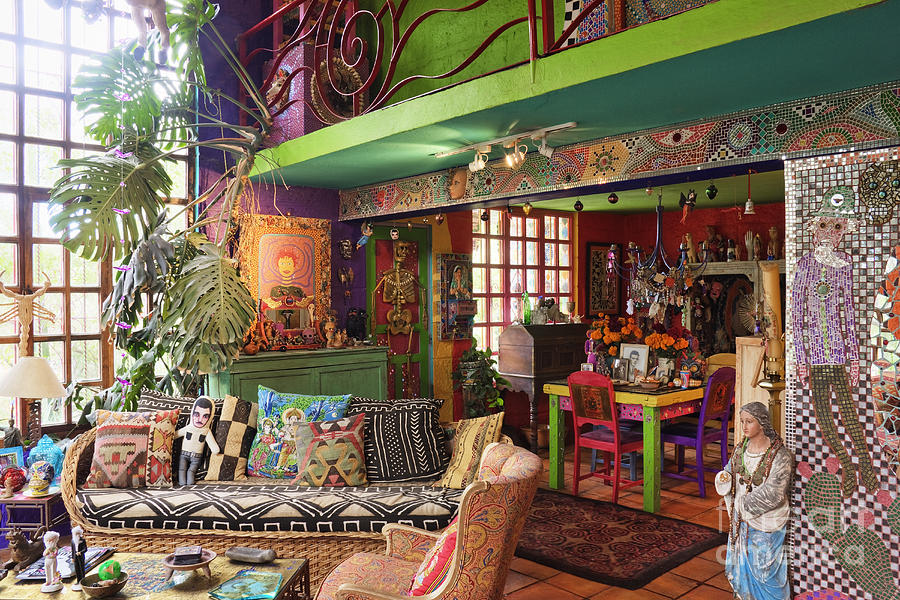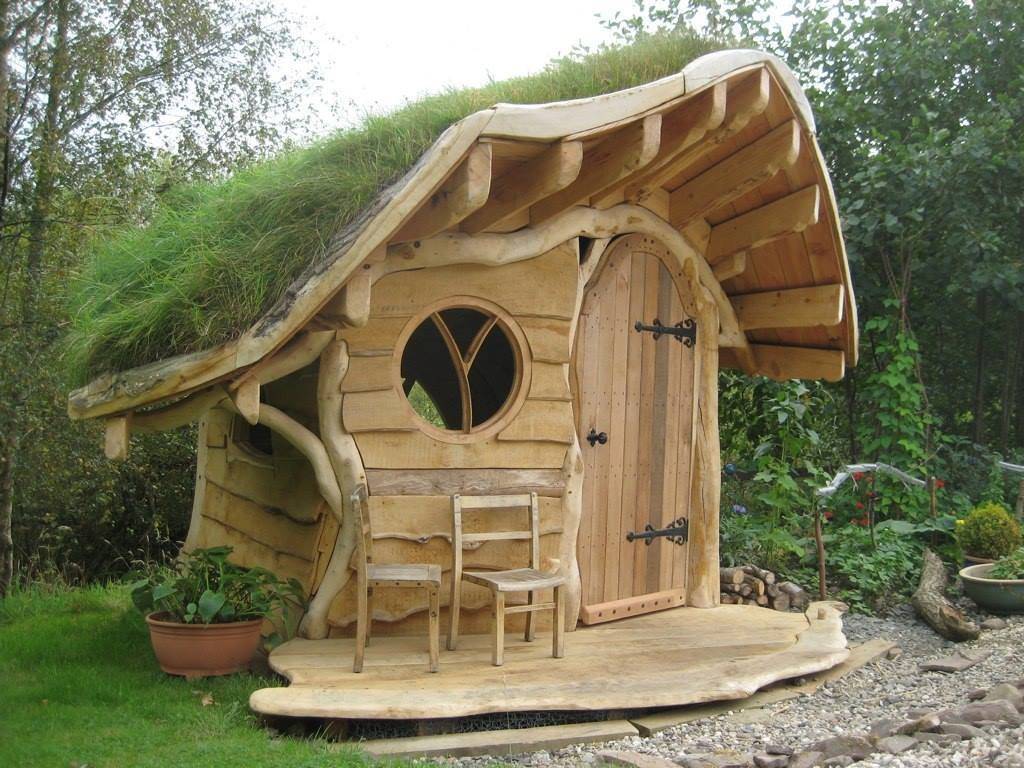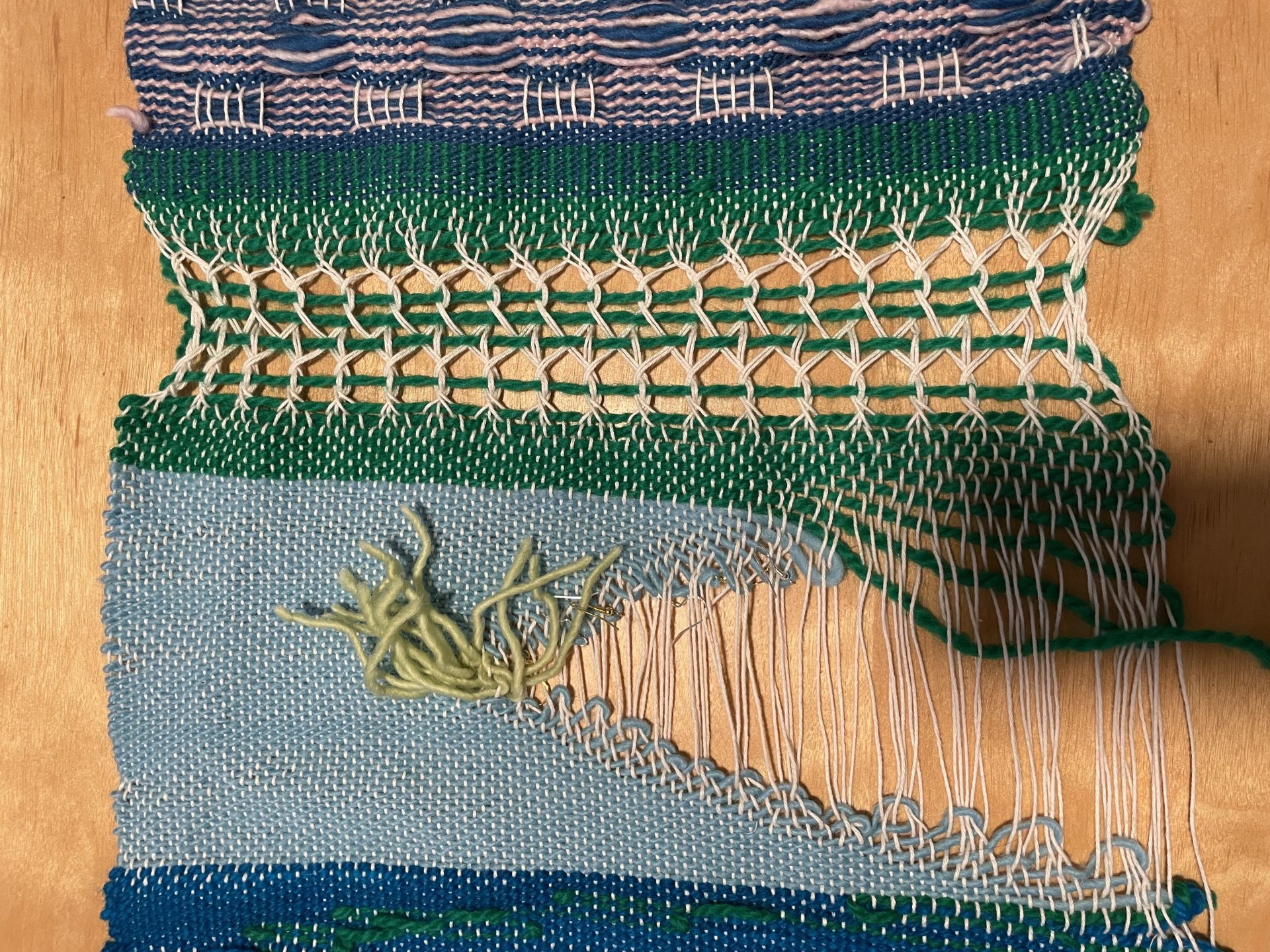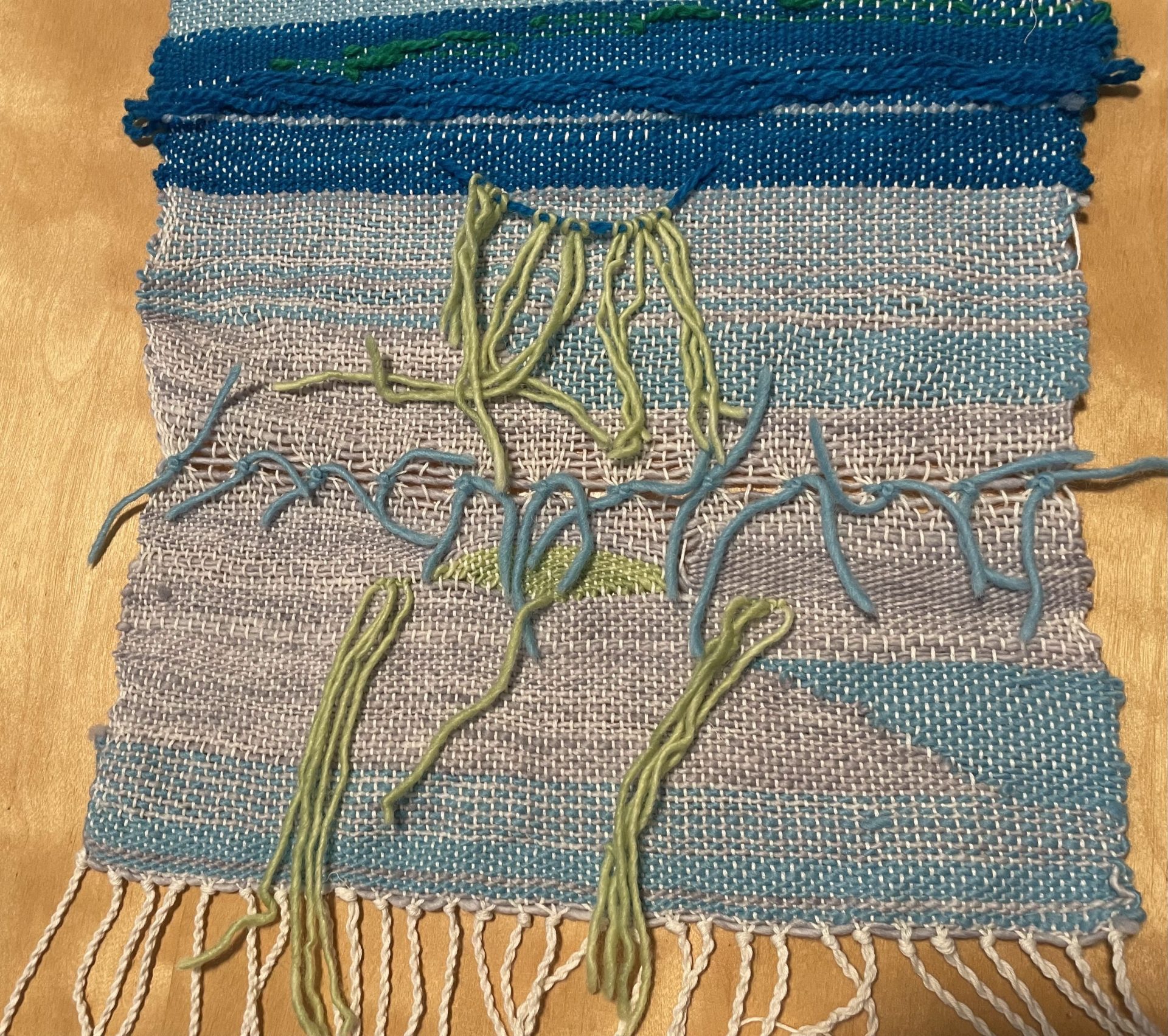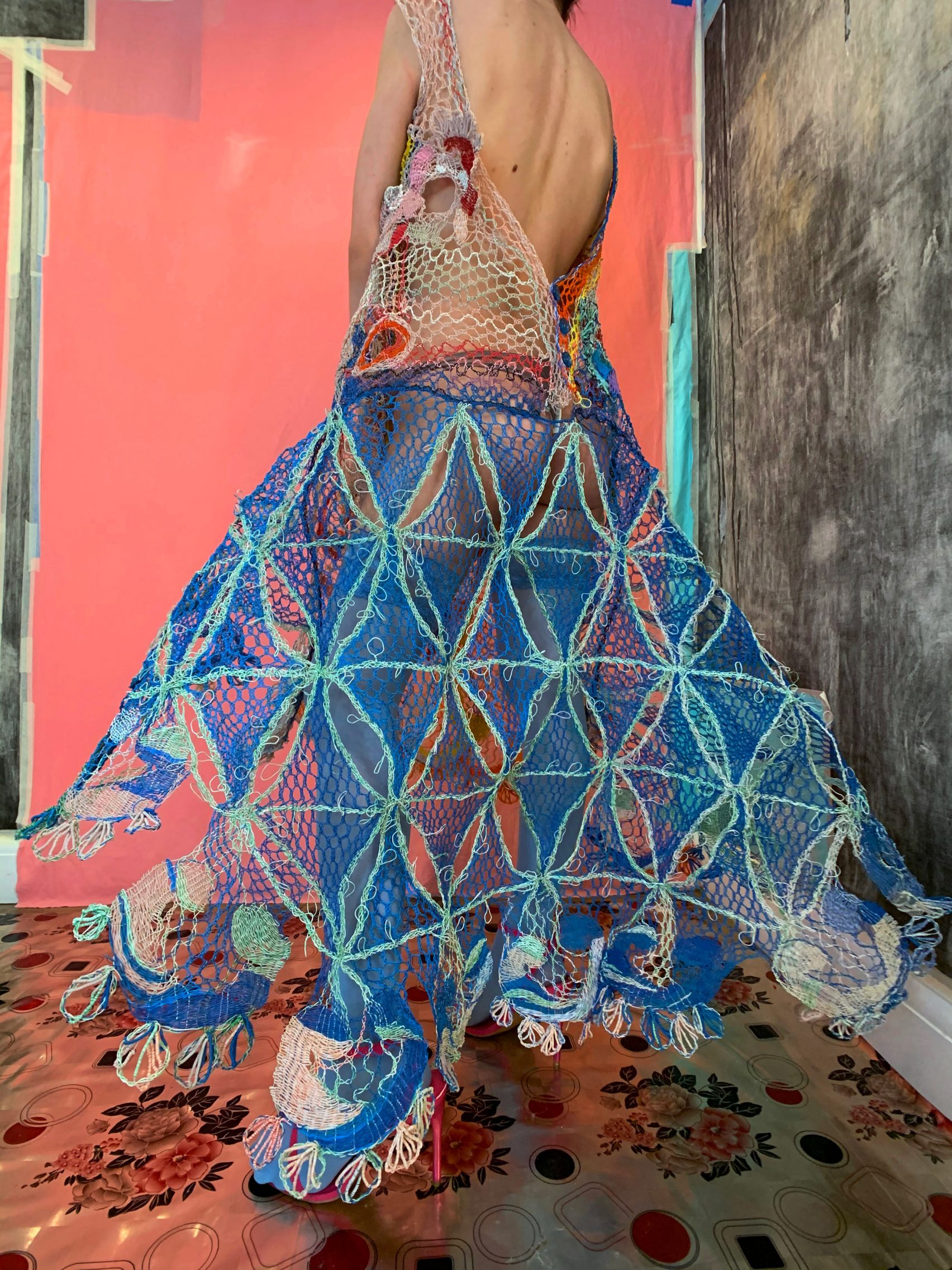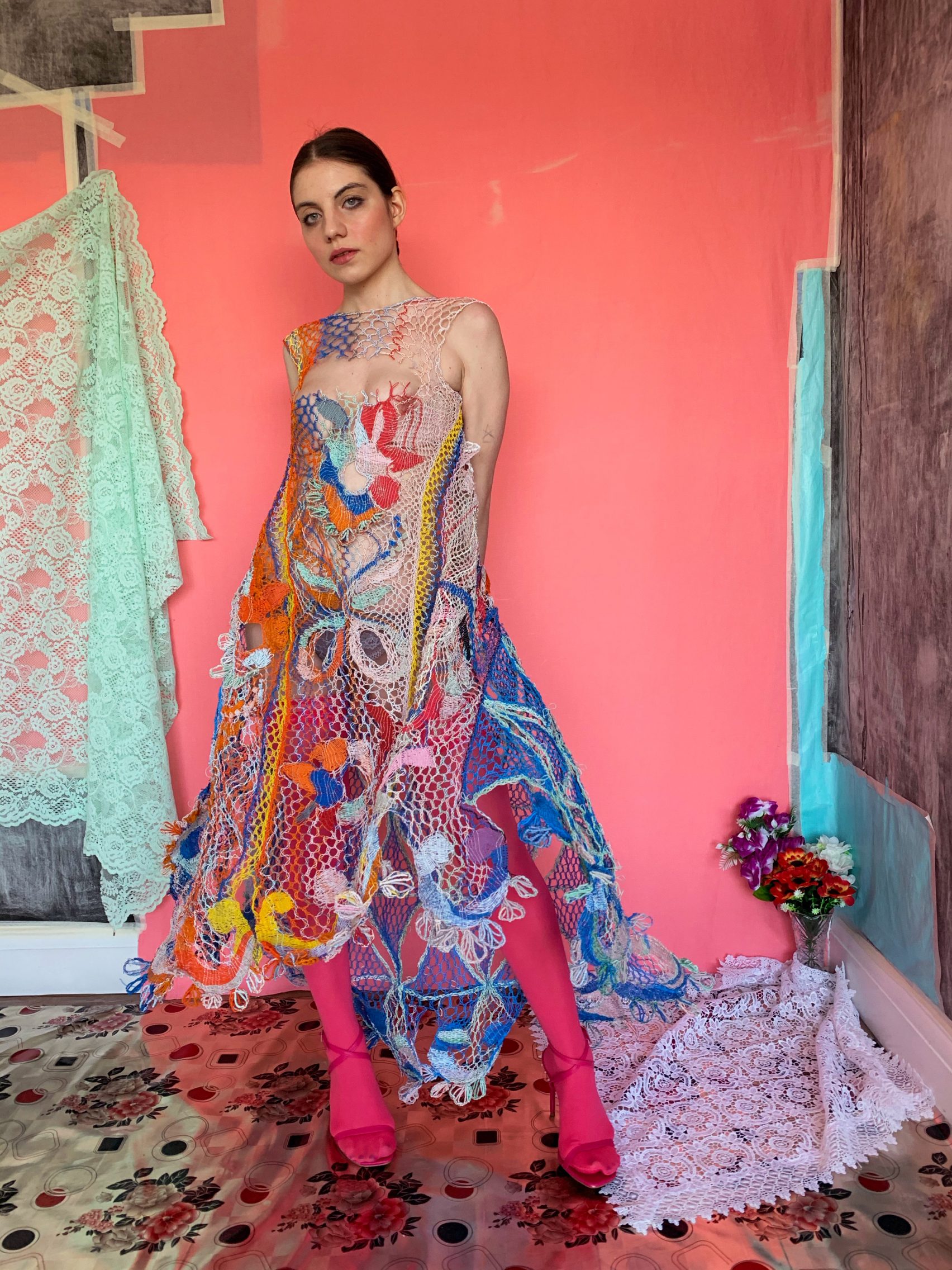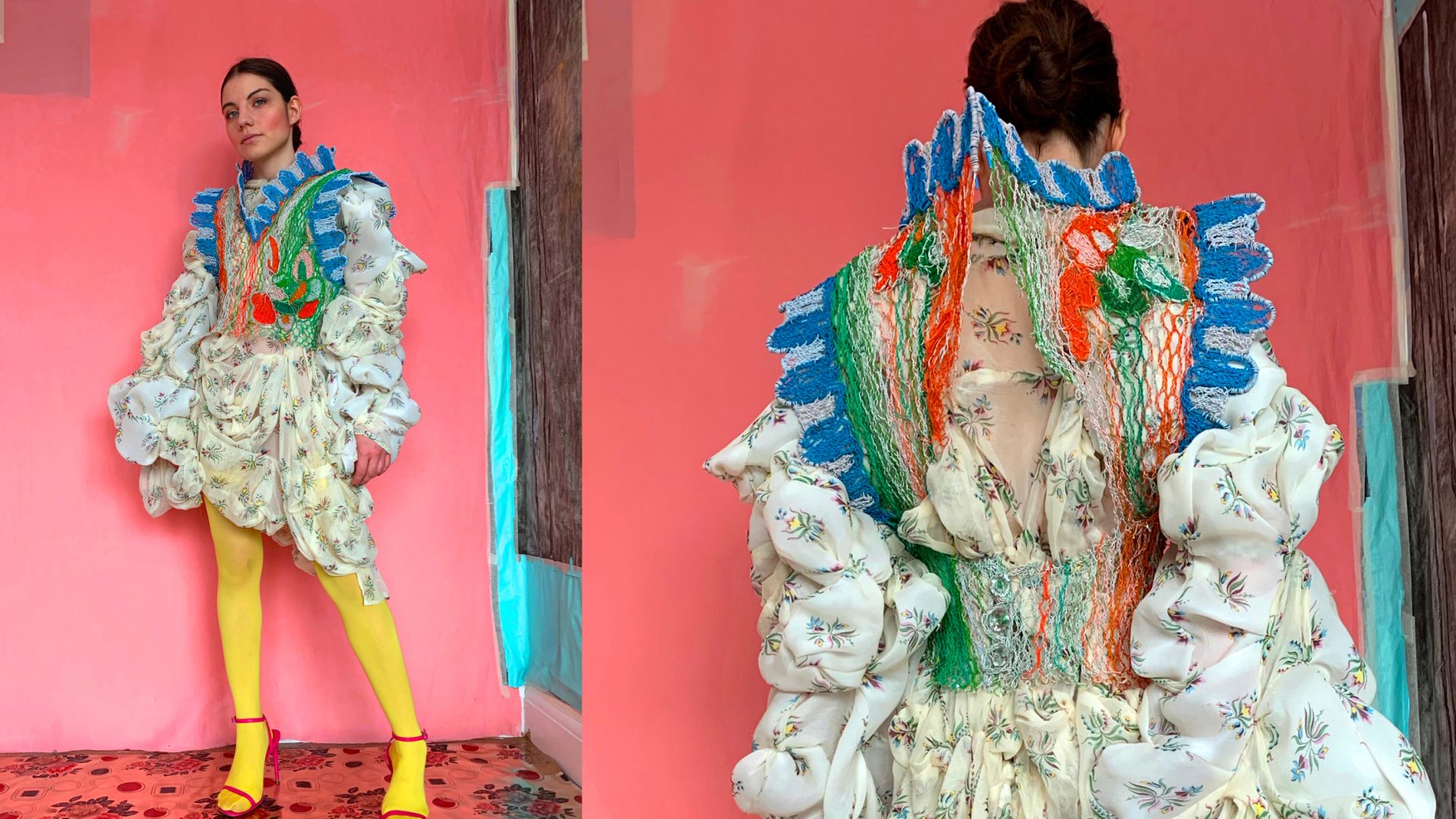Intended Effects
For my final project, I wanted to explore different ways that floral can be embedded into a piece of clothing. I had a bland brown jacket that I purchased second-hand, and I thought that it can be an opportunity to revamp it.
At first, I want to only do embroidery on the jacket. I wanted to cover up the jacket with different types of flowers. This is also a way for me to learn more advanced skills in embroidery. Since we also learned computerized embroidery in class, I also thought about combining both machine and hand embroidery to show the difference and contrast between the two techniques.
I then realized that I could also crochet flowers, which also adds another technique to the jacket. Every single one of the flowers is different. I followed 15 different YouTube tutorials to learn these crochet patterns.
I also added a floral pattern lining to the jacket. I learned to sew pockets on to the liner. I feel like the floral cloth adds another floral element to the entire theme.
Overall, I intended this project to help me explore and learn several different techniques (hand embroidery, machine embroidery, crochet, and sewing). The end effect is like a walking garden because of the brown background, which looks like dirt. The variety of techniques, colors, and high-density placement of the florals was meant to be overwhelming.
Challenges
After attaching the crochet flowers and embroideries, I realized that the inside of the jacket is filled with threads that could potentially be caught in things. Therefore, I tried to add a liner to the inside of the jacket. This covers up all the loose threads and knots that I made. I found the floral cloth from the fabrication lab in Hunt Library. I also decided to add pockets to the inside because the outside pockets are really small, and things can easily fall out. Adding the lining is a huge challenge because I needed to find a way to hide the stitching. I did this by sewing it as close to existing seams as possible. It was also difficult to cut the fabric to match the shape of the jacket.

Another challenge I had was attaching the crochet to the jacket. I hand sewn most of the flowers on. However, I needed to reinforce a lot of the flowers. When I first attached them, they were very droopy due to the weight. I then sewed some of the pedals on the jacket so that the flowers would stand up. To fill in some of the gaps between the flowers, I used a chain stitch and a string of green embroidery floss to make it look like there is a vine background.
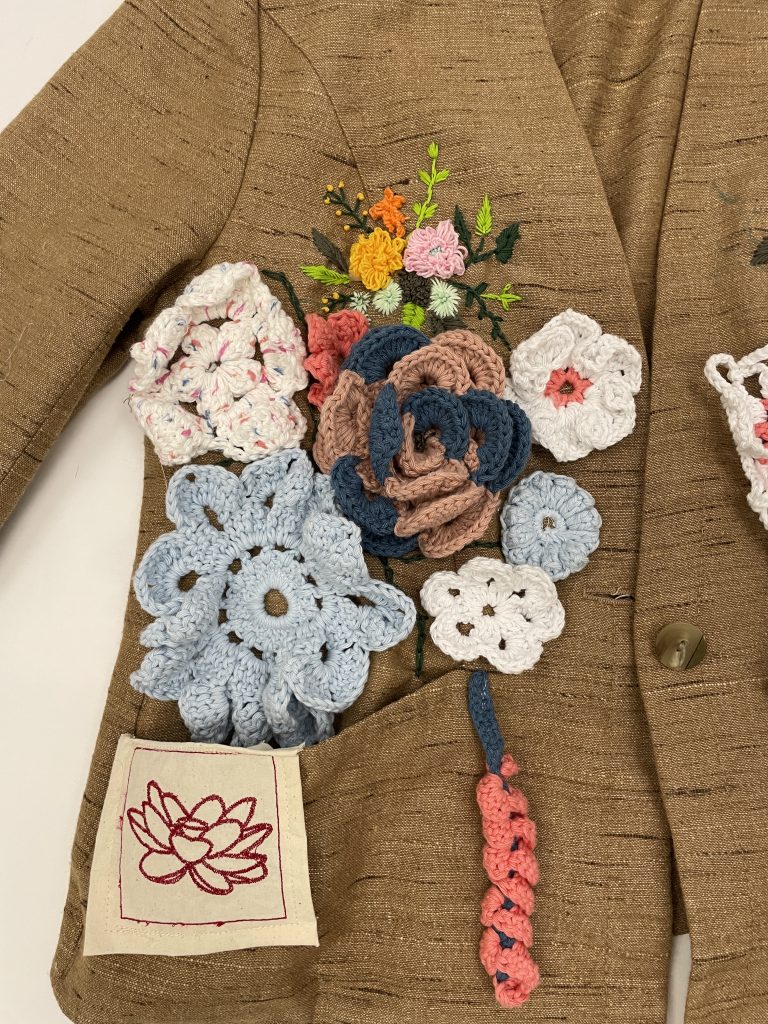
Success
I was able to learn several crochet techniques online. I started off with a very simple flower that only took around 25 minutes. After a couple more flowers, I was able to crochet a more complex flower that took 3 hours to make.
I also learned to use PEmbroider for machine embroidery. I explored different types of stitches available in the library. The two that I attached to the jacket consist of perpendicular stroke stitches and Perlin fill stitches.
